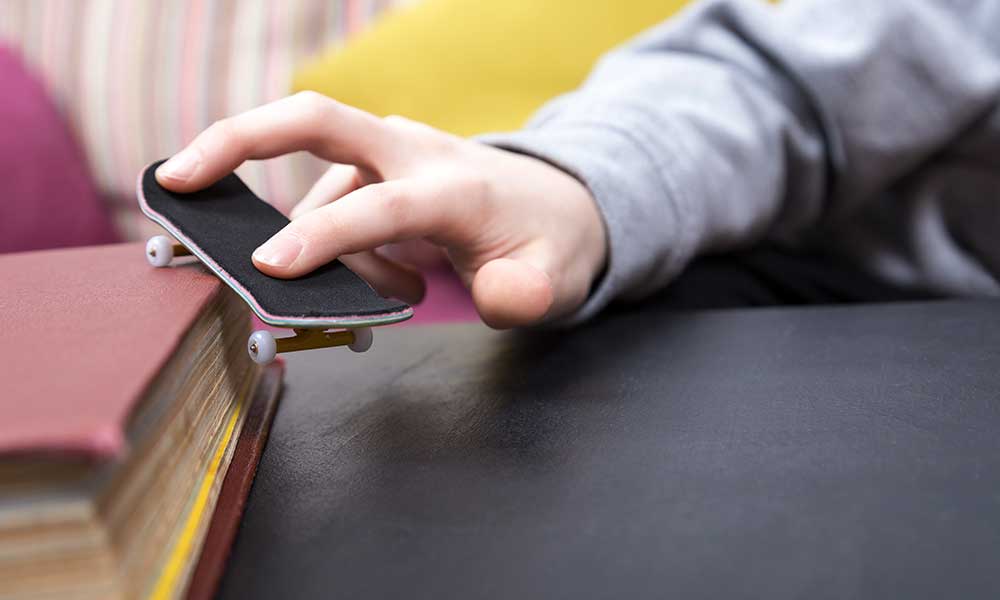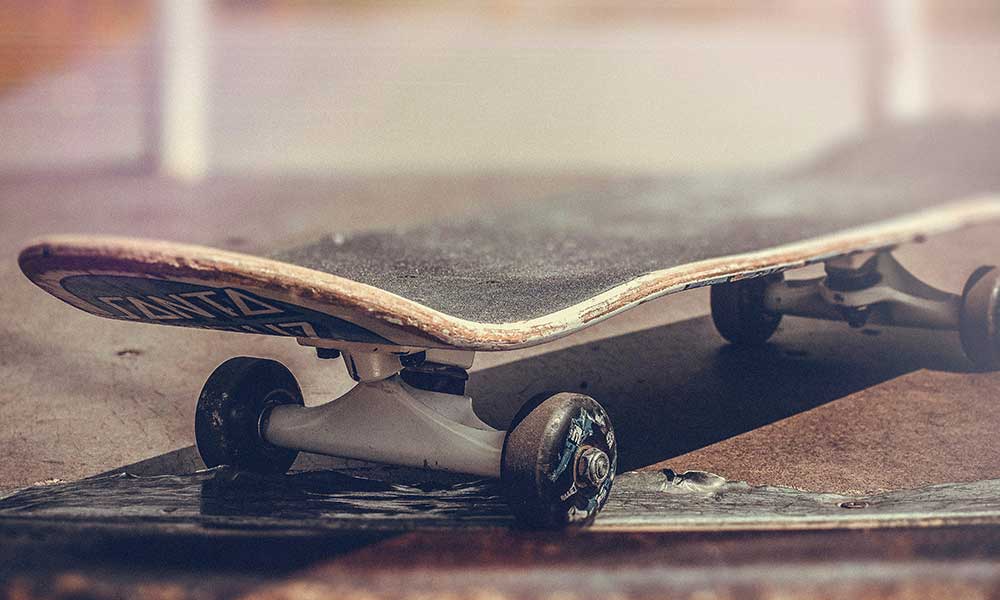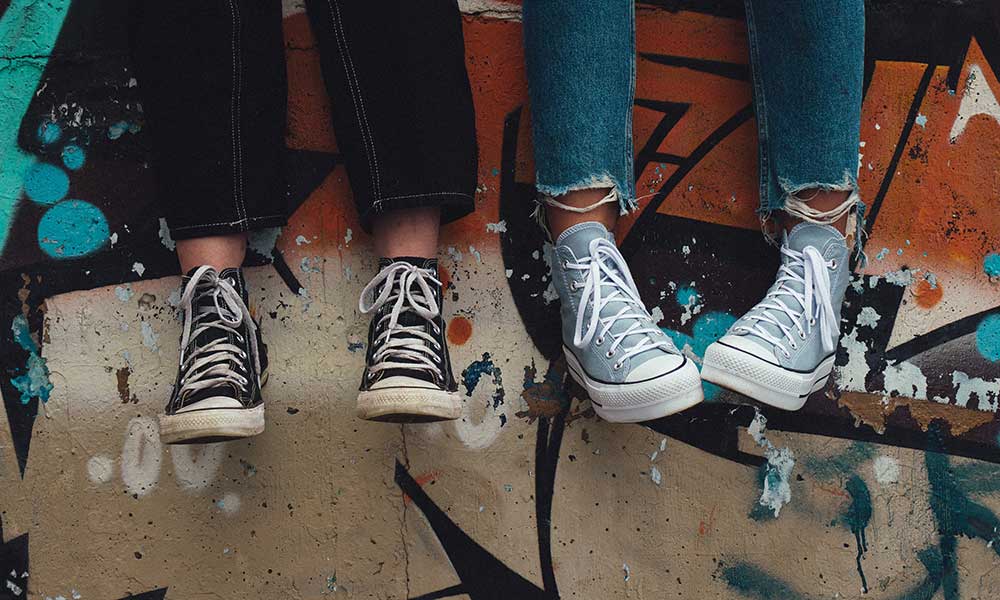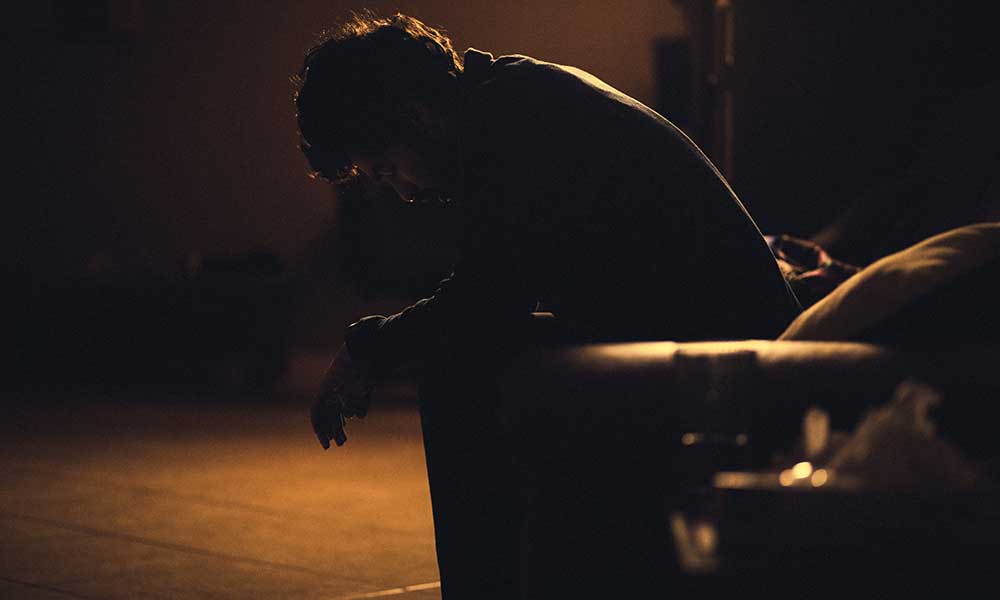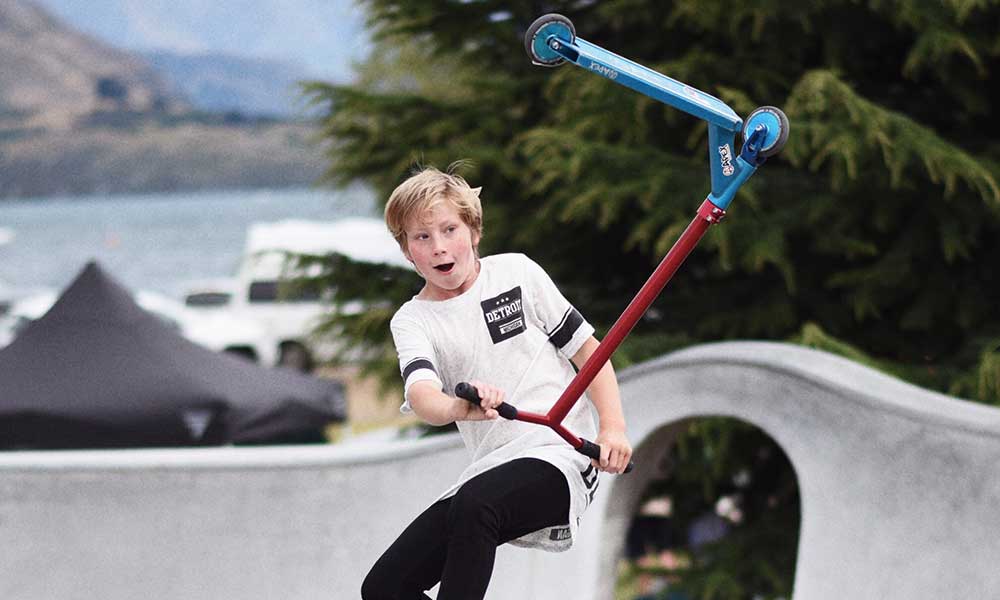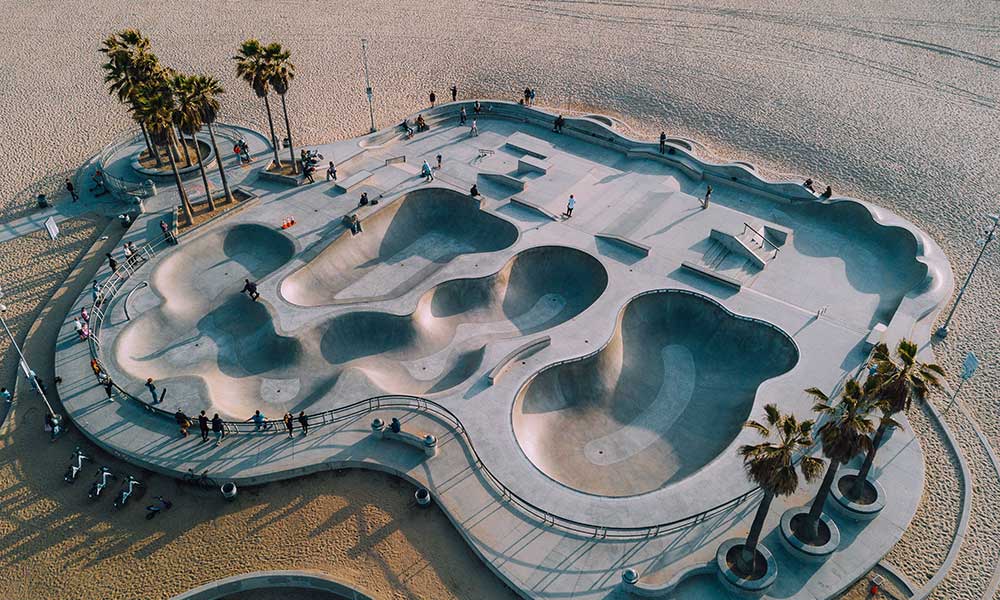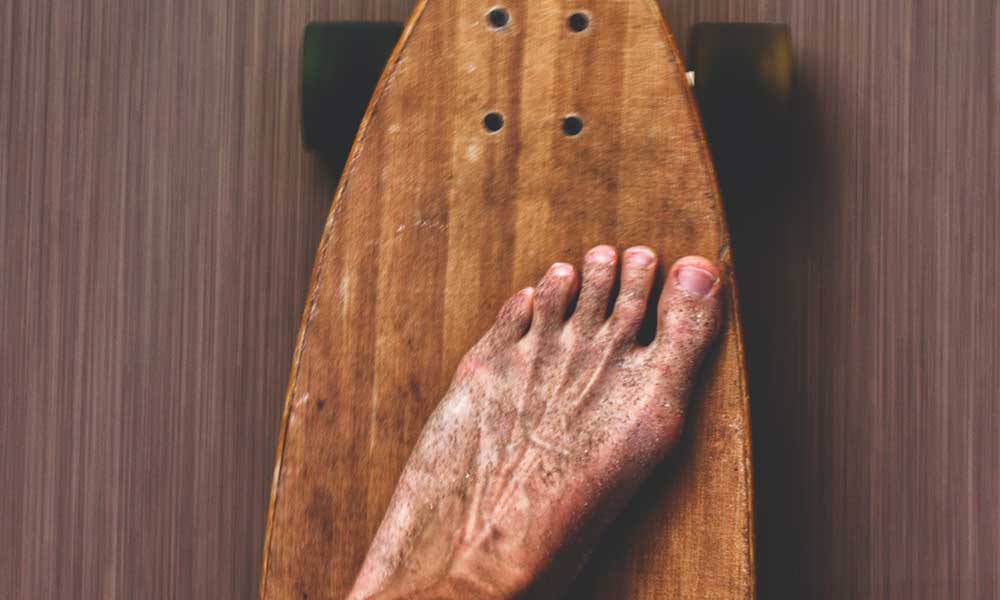Fingerboarding looks a lot easier than it actually is. If you’re watching videos and images expecting to perform tricks with the same level of competence at your first attempt, you’re going to be disappointed.
But with the right information and plenty of practice, you’ll be a fingerboarding wizard in no time!
To help you get a grip on basic tricks and advance onto more complicated ones, check out this guide to fingerboard tricks. If you are new to fingerboarding, checkout our article: What is Fingerboarding.
What are the Easiest Fingerboard Tricks?
The easiest fingerboarding tricks are similar to the most basic skateboarding tricks. The way you perform them is also similar, albeit with your fingers and not your feet.
Basic tricks are where all fingerboarders should begin and they include:
Ollie
An ollie is a standing jump performed without any ramps or obstacles. Once you know how to ollie, you can jump onto rails, clear obstacles, and perform an array of other tricks.
- Place your index finger near the middle of the board, slightly toward the tail. Place your middle finger on the tail.
- “Pop” the board by pressing down on the tail with your middle finger, lifting the front of the board in the process.
- In one swift movement, slide your index finger toward the nose to lift the board into the air.
- Once the board is in the air, control your wrist position to make it horizontal.
- Keep your finger pressure even to land the trick on both wheels at once.
Shuvit / Pop Shuvit
A pop shuvit is a spin trick performed by popping and then scooping the tail before spinning, catching, and landing.
- Assume the standard ollie finger position (rear finger on the tail; front finger ahead of the board’s middle).
- Use your back finger to push the tail and spin it inward.
- Lift your fingers off the board to allow it to spin.
- Place your fingers back on the board to stop the spinning and land the trick.
KickFlip
Other than the ollie, the kickflip is the most fundamental trick you can learn as a fingerboarder. It involves flipping the board horizontally so that it performs a full rotation before landing on its wheels.
- Assume the ollie position and pop the board, but as you move your pointer finger forward, you need to curve it toward you so that the board flips. Your pointer finger should be on the area where the tail begins to bend up. The closer you get to this point, the easier the flip will be. The pressure you apply also needs to be just right and is something you will learn with practice.
- After the board spins, land your fingers back on the surface to nail the landing.
Wallie
A wallie is basically an ollie performed on a short wall. It may actually be easier to perform than a standard ollie as you’re basically using the wall as a ramp.
- Ride the board into a wall and then pop the tail down so that the front wheels hit the wall.
- As the wheels hit the wall, go through the typical trajectory for an ollie, using the short wall to propel the board upward.
- Keep your fingers pressed evenly on the board to level it out as it arcs through the air.
- Land the trick.
Nollie Spins
To perform nollie spins, you first need to know how to nollie. A nollie is a nose ollie. You can perform it by doing the reverse of an ollie, which means that your front finger pops the nose while your back finger slides toward the tail to gain some air.
To perform nollie spins, you need to turn (not flip) the board while performing a nollie. You just need to turn your wrist so that the board gradually turns in the air.
It can be tricky to twist your wrist into the correct position in the air, so you’ll need to start with your wrist at an odd angle so that you’re basically bringing it back to the correct position while performing the nollie.
What are the Hardest Fingerboard Tricks?
The following tricks are pretty advanced and so you should only progress to them when you have finished with the ones above.
Heelflip
A heelflip is similar to an ollie, but as you pop the tail with your middle finger, you need to push outwards slightly. Think of it like a kickflip that goes out and not in. Remove your fingers from the board to allow it to flip in the air.
Once it has turned back onto its wheels you can press your fingers down again to land the trick.
360 Flip
The 360 flip is basically a shuvit combined with a varial kickflip. It sounds complicated, but for some people, it’s actually easier than a kickflip. You need to shove and pop the board at the same time, spinning it on a vertical and horizontal axis.
- Place your middle finger toward the tail and slightly toward the edge. Place your index finger in the usual position.
- Pop the board with your middle finger to rotate it 90 degrees.
- Extend your pointer finger to flip the board.
- At 270 degrees, place a finger on the board to prevent it from completing additional flips.
- Land the trick by pressing both fingers on the board.
Impossible
Pop the board using your middle finger and pull your index finger back. Place your middle finger underneath the board to flip it and allow the deck to rotate around your finger. It makes for a spectacular-looking trick, but it’s not as impossible as the name would suggest.
You’re essentially letting the board slip over your middle finger before landing neatly back on the ground. Think of it like spinning a coin or a poker chip—it’s all about balance and timing.
Hard Flip
A hard flip combines a frontside pop shuvit with a kickflip and it’s best left until you know how to perform a kickflip, FS pop shuvit, and a FS kickflip.
- Assume the normal finger position.
- Pop the tail of the board with your back finger. At the same time, move your front finger to the nose, staying on the left side.
- Bring your front finger toward you while performing a kickflip.
- When you have performed an FS pop shuvit and a kickflip, you need to catch the board with both of your fingers and land the trick.
What is the Highest Fingerboard Ollie?
There are a lot of videos out there claiming to showcase the “highest fingerboard ollie” and making claims about world records. The vast majority of these have many more dislikes than likes and this seems to stem from the fact that the majority aren’t using proper techniques.
There is no official world record, as far as we know, and far too many video claims are too grainy and low quality to see what’s actually happening. However, there are a lot of fingerboarders out there who can achieve genuinely amazing heights using legitimate techniques.

